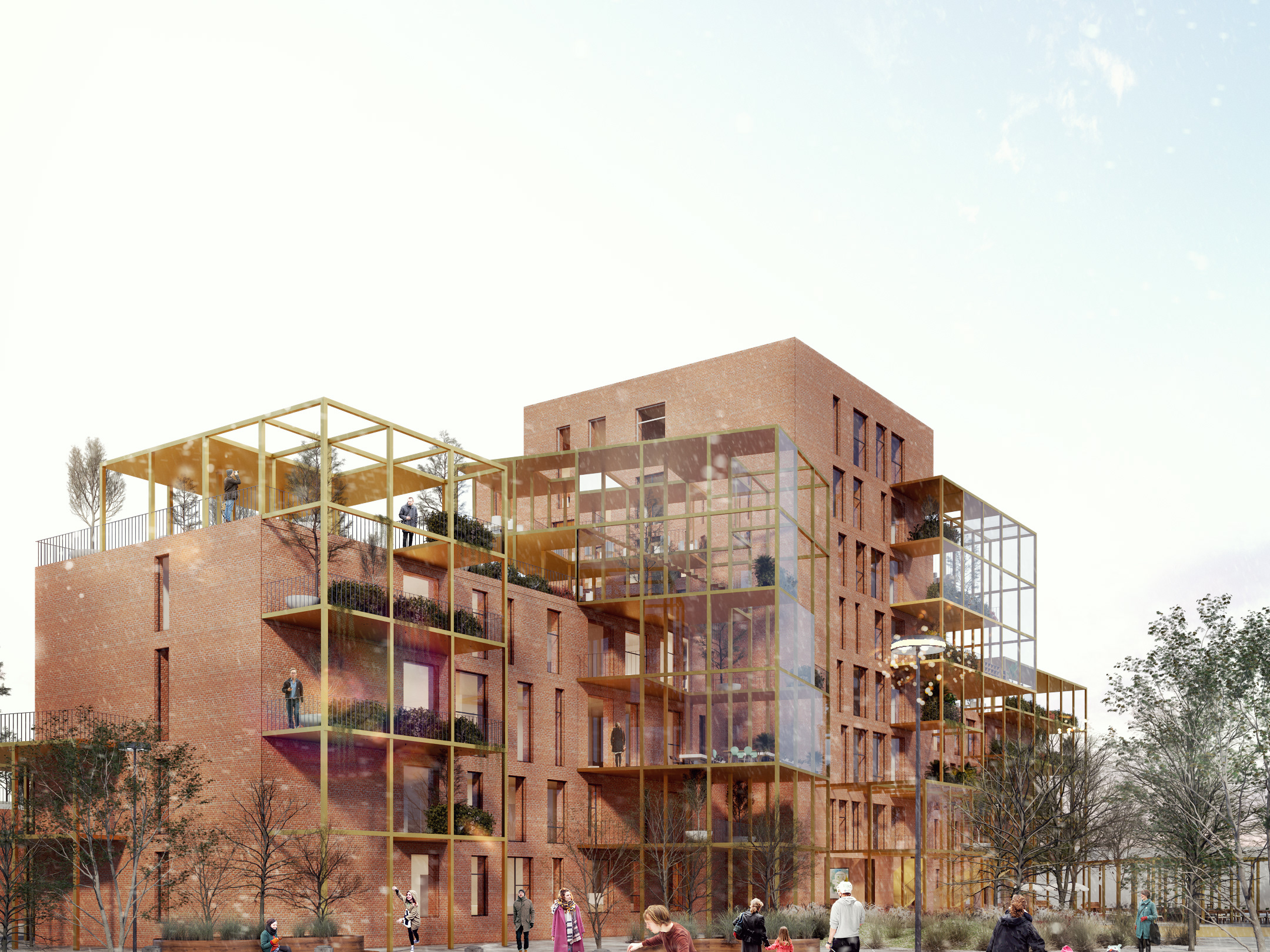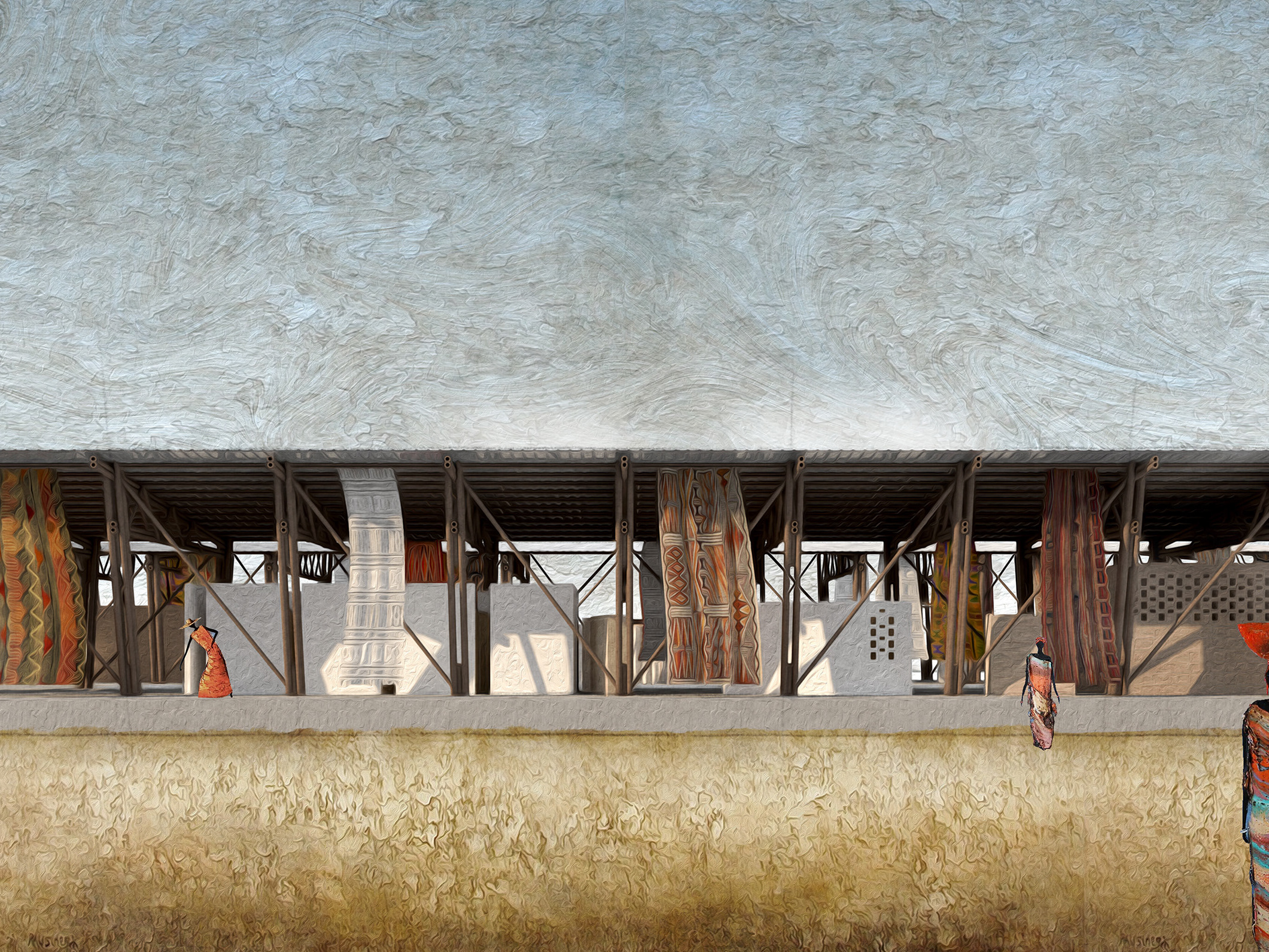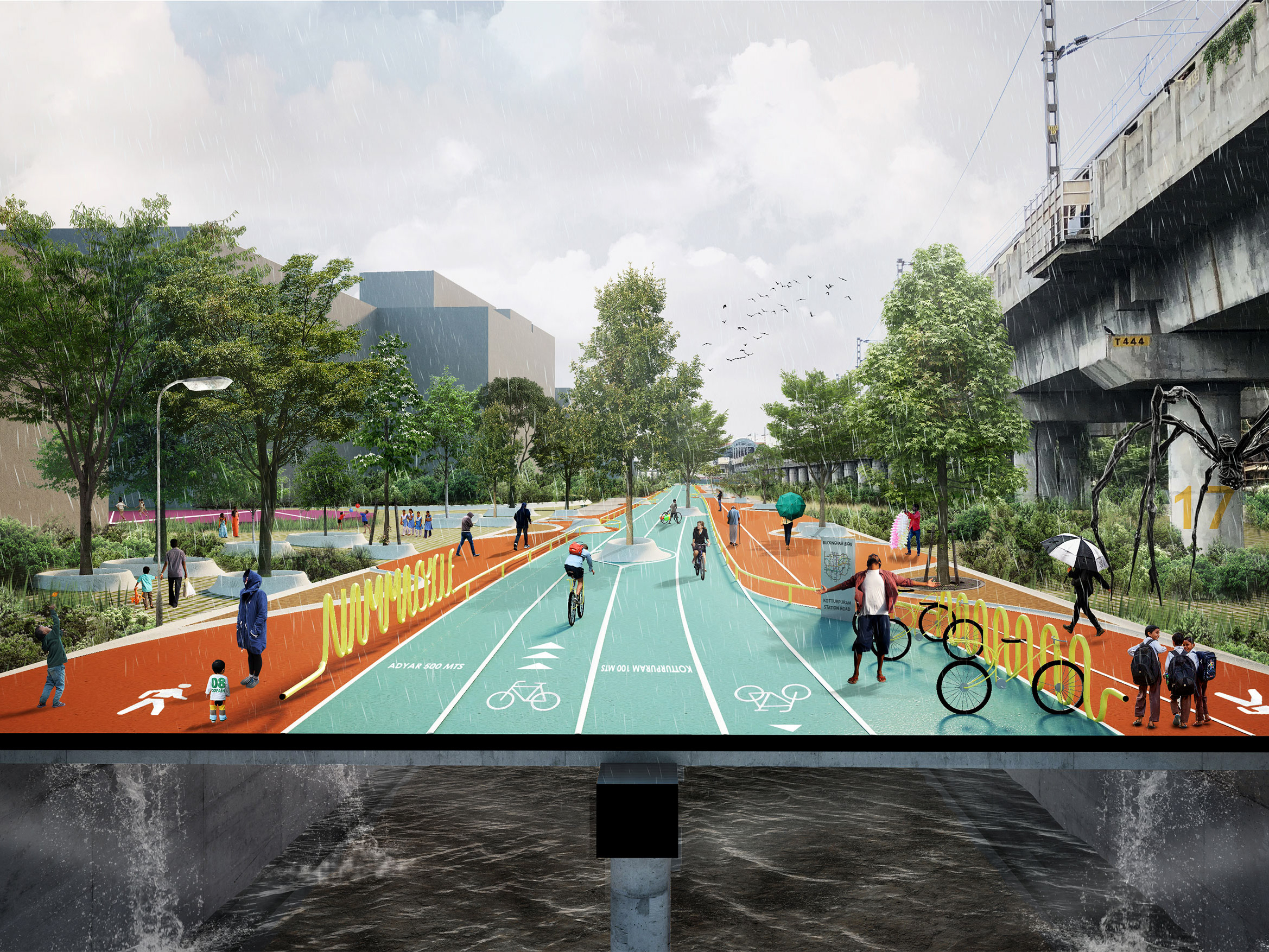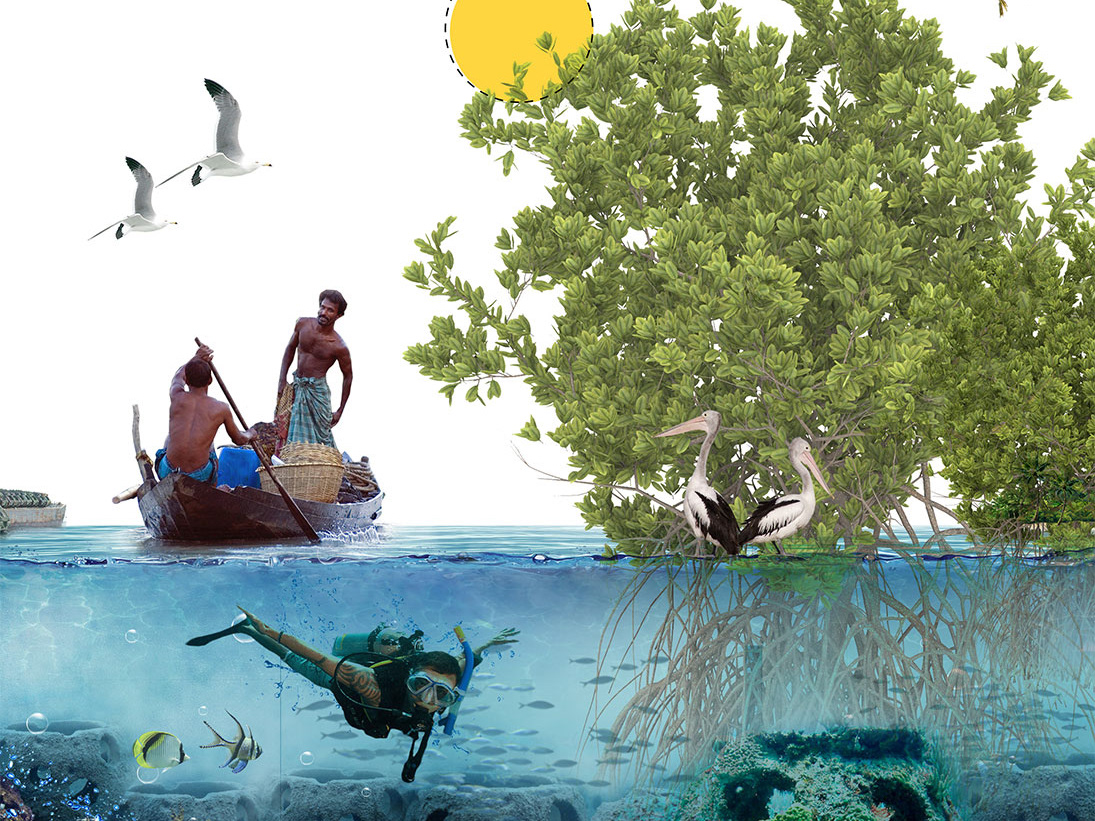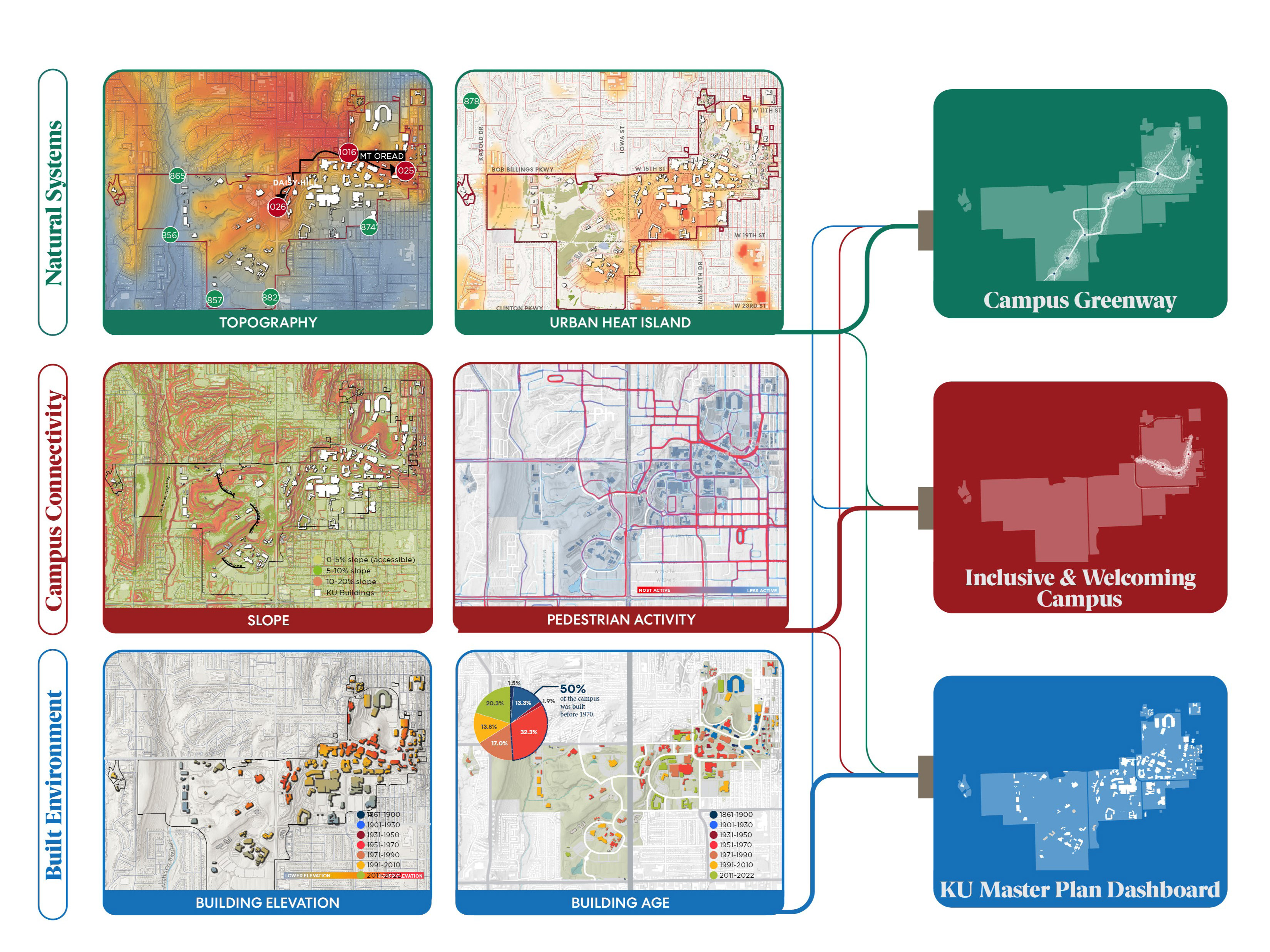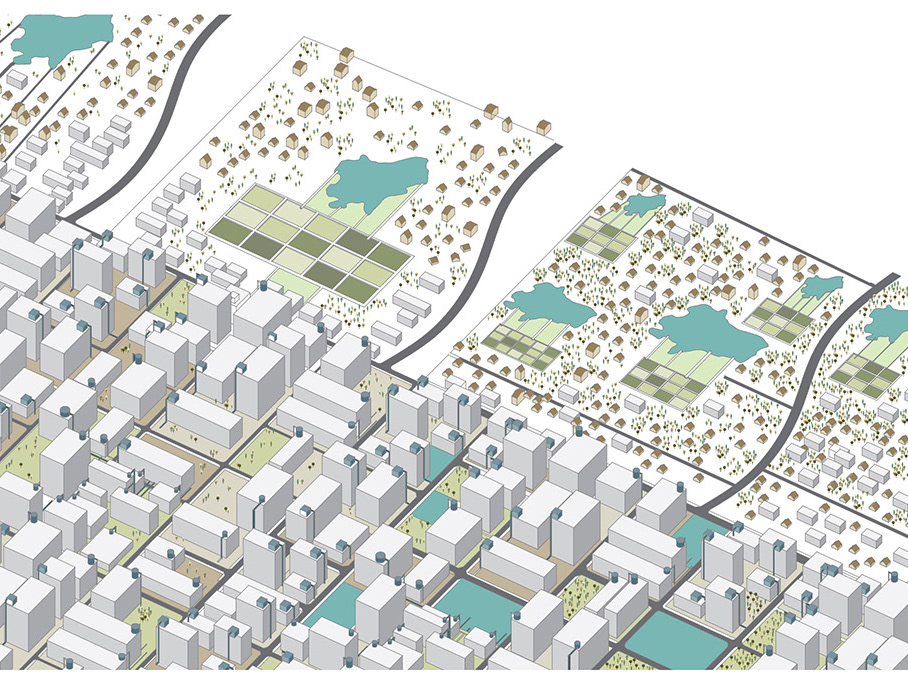View of the proposed Perangulathur junction
PLACEMAKING
PLANNING & STRATEGY
TRANSPORTATION
PUBLIC SPACES
2018 | Undergraduate Studies
Location, Chennai, India
Team: Mona Vijaykumar, T.R.Radhakrishnan
How can transit-oriented development be reimagined to reconnect fragmented neighborhoods and ensure equitable access to urban resources?
This project focuses on creating a more equitable approach to transit-oriented development by addressing the disconnection caused by infrastructure-driven urban growth. By re-stitching fragmented neighborhoods with accessible and inclusive transit networks, the project envisions a city where mobility serves as a tool for social equity, environmental sustainability, and community resilience.
Context Planning Analysis
Illustrative Plans for Ground Level and Elevated Bridge
Illustrative Site Plan
People centered Programs along the Transit Corridor
Through strategic planning and human-centered design, the project aims to redefine the relationship between transit infrastructure and the neighborhoods it serves, ensuring that development benefits all residents without compromising ecological or social integrity.
This project reimagines transit-oriented development as a tool for reconnecting fragmented neighborhoods and fostering equitable access. It aims to create a transportation network that balances mobility with community needs, ensuring that infrastructure serves as a bridge, not a barrier, for the people it was designed to connect.
Sections
Water Management Recommendations:
Special Ery Zones (SEZ): Protect Ery and water tanks through zoning and anti-encroachment laws.
Surface Water Harvesting (SWH): Mandate SWH systems to boost groundwater recharge.
Decentralized Governance: Empower local bodies for equitable water distribution and maintenance.
Ecosystem Restoration: Regular desilting, native vegetation planting, and invasive species removal.
Climate Resilience: Utilize water tanks for flood control and drought management.
Integrated Management: Align Ery and tanks with regional water resource plans.
Community Engagement: Promote awareness and stewardship programs for public participation.
